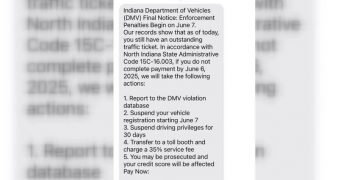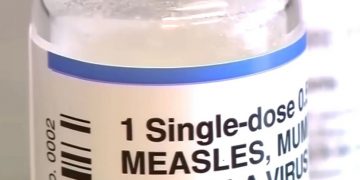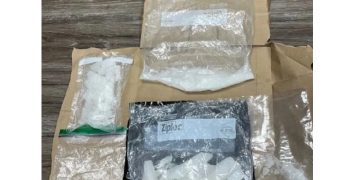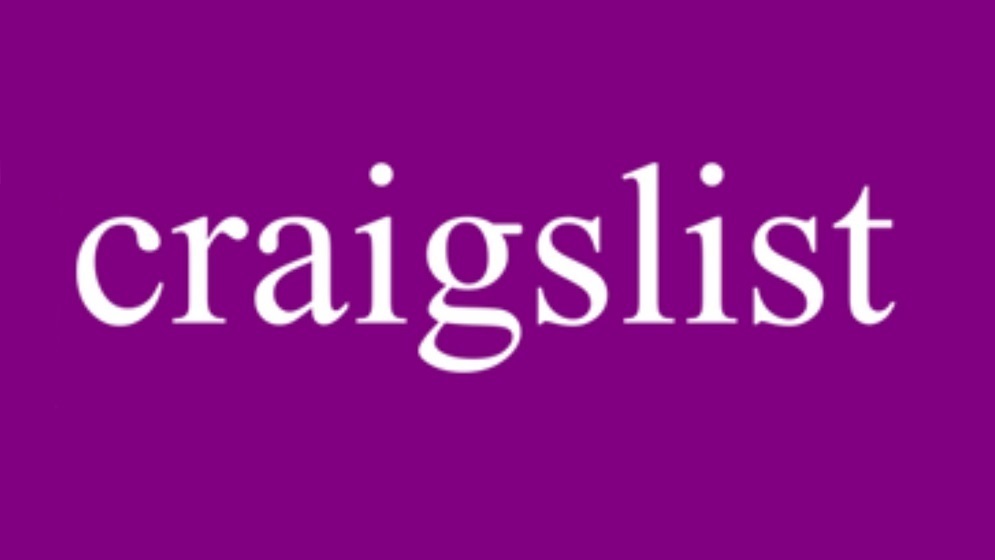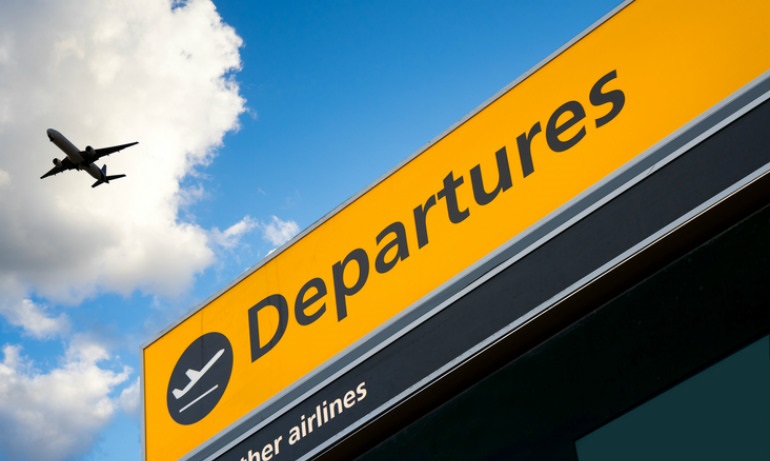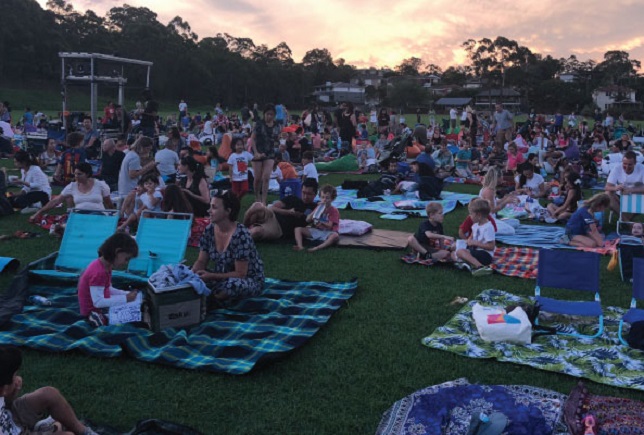At their regular Wednesday meeting, Monroe County commissioners heard a bit of good news related to the COVID-19 pandemic.
County health administrator Penny Caudill told them the 92 confirmed positive cases for the week ending on Sunday were low enough to put Monroe County in the blue category for the state’s dual-metric classification scheme.
That’s the first time in a couple of months that the county has been blue. Blue designates the best category, which is “low community spread.”
The other metric, besides the number of confirmed cases per 100,000, is positivity rate. Monroe County has consistently scored in the best category for the positivity metric, due in part to the massive amount of mitigation testing that Indiana University has undertaken.
Mitigation testing, of randomly selected people, by its nature will show a lower positivity rate than testing of those who decide they want a test for some reason.
Based on the number of positive cases, Monroe County is still in the next-best category, but when averaged with the score for positivity rate, the county comes out blue.
Caudill also cautioned the commissioners that under the dual-metric color-coded advisory scheme, the county needs to maintain its blue status for two weeks in a row in order to be considered out from under the cautions associated with the yellow rating.
The next-best category for the number of cases, where Monroe County now finds itself, ranges from 10 to 100 weekly cases per 100,000.
For Monroe County’s population of 148,000 people, 100 cases per 100,000 translates to an average of 21.2 cases a day.
In raw numbers, the rolling 7-day average of positive COVID-19 cases in Monroe County now stands at 11.4. The last time it was lower than that was Aug. 11, 2020.
The status of the county in the color-coded dual metric scheme will be something county board of health members will probably weigh when they next meet. That’s expected to be in the next several days, ahead of the May 28 expiration of the current Monroe County health regulations.
Those regulations limit gatherings to 50 people, and require masking in a range of situations.
Monroe County’s regulations are still in place, despite this week’s override of Indiana Governor Eric Holcomb’s veto of SEA 05. The new state law adds additional requirements in order for local health orders to go into effect, if they are more restrictive than an order from the governor.
One of the requirements in SEA 05 means that Monroe County’s board of commissioners—Julie Thomas, Penny Githens, and Lee Jones—have to approve Monroe County’s regulations, which up to now could be enacted by the county health administrator and health officer or the county’s board of health.
On April 28, county commissioners anticipated the possibility of a veto override, by approving the current regulations.
On Wednesday this week (May 12), the board of commissioners gave the finishing touch to some other requirements of SEA 05. The law requires that someone be able to appeal an enforcement action under a local health order.
So commissioners enacted an ordinance on Wednesday that establishes a process for appealing health emergency enforcement actions.
The city of Bloomington has been operating under regulations that are more restrictive even than the county’s rules. The executive order from the city’s mayor, John Hamilton, limits gathering sizes to 15 people.
Responding to a question from The Square Beacon, Bloomington’s city attorney Mike Rouker said in an email message: “SB 05 only applies to local health departments and local health boards. The city doesn’t have a health department or a health board, and therefore SB 05 doesn’t impact the city.”
























